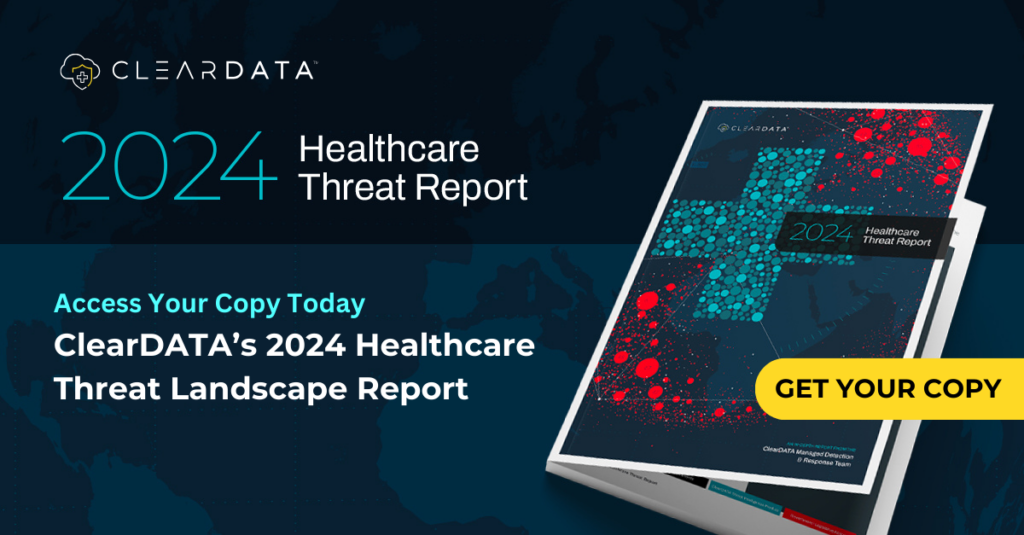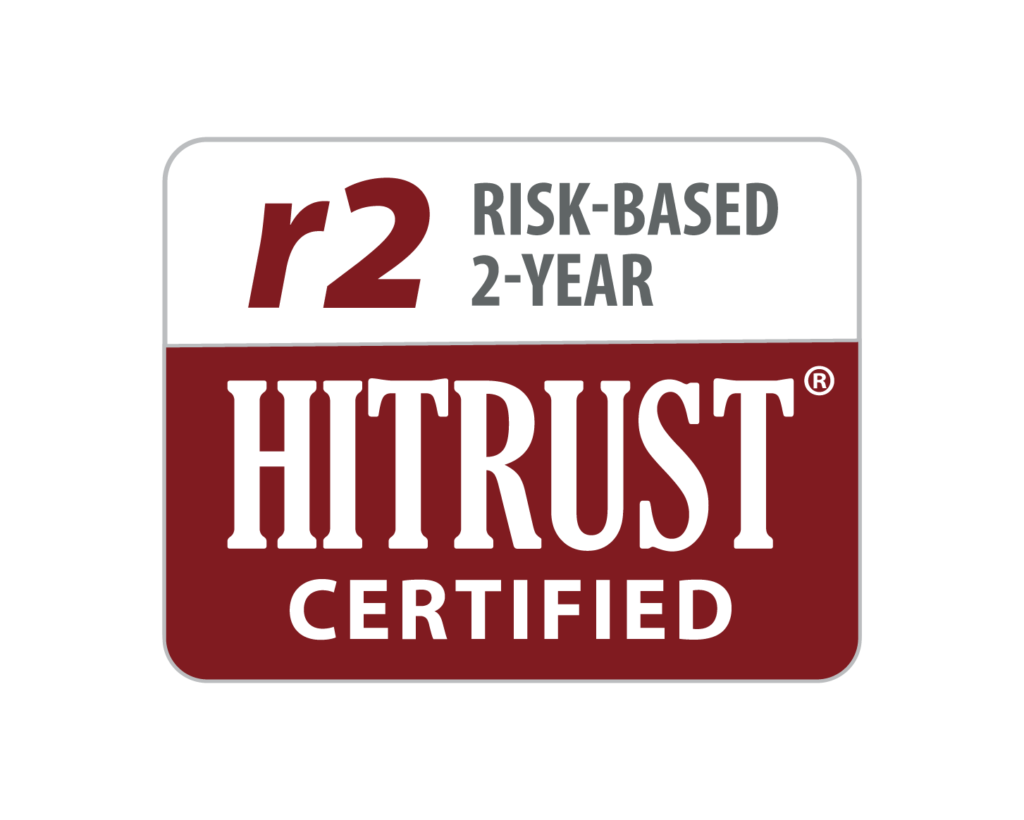How to maximize Meaningful Use dollars by moving to the cloud
Hospitals racing to meet meaningful use stage 2 requirements are feeling the financial pinch of having to make large IT investments.
In addition to implementing an EHR system, they’ve had to expand their underlying IT infrastructure — adding servers, storage area networks, tape backup systems and more. In stage 2, all hospitals are required to “protect electronic health information created or maintained by the Certified EHR Technology,” according to CMS. Protected health information involves HIPAA-compliant storage, backup, disaster recovery, data privacy and security.
Because infrastructure is purchased to help hospitals “attest” to meaningful use, the federal government allows your organization to include these infrastructure expenses when attesting, thereby allowing you to recoup some or all of your investment. The key for any organization will be to make sure you are reimbursed the full amount you are eligible for. This article outlines five areas where your organization can transition to the cloud — and why this move makes financial sense, with or without meaningful use. Then it explains how moving to the cloud helps you maximize meaningful use reimbursement.
5 ways to move to the cloud
Moving to the cloud doesn’t have to mean transitioning your entire infrastructure all at once (though that is certainly possible). The following are five areas where your organization can make the transition, saving time and money by doing so.
1. Offsite disaster recovery and backup. HIPAA security rules require all providers — including medical practices — to back up their PHI. This backed-up data must be recoverable, and it must be stored offsite. Using the cloud for offsite backup is cheaper than doing it yourself. The cloud eliminates capital equipment, maintenance and labor associated with backup and recovery, and it presents fewer security risks than tape drives.
2. Sunsetting servers. Three to five years is a common timeframe for replacing servers in most enterprises — a turnover that translates to frequent capital expense outlays. When decommissioning servers, instead of using capital dollars to buy new ones, simply move that data to the cloud and let the cloud provider worry about subsequent hardware updates.
3. Virtual desktop infrastructure. In a traditional computing environment, data is stored and applications are installed on each individual desktop or mobile device. This can create a headache for IT when software needs to be updated. For example, this year, Microsoft stopped supporting its Windows XP operating system. Providers who haven’t already done so will have to upgrade each individual machine to a new OS. However, by adopting VDI and moving your desktop computing to the cloud, you can manage all software centrally — which means you only have to update the OS once.
4. Applications licensing. Many organizations’ servers still run Windows Server 2003, but in July 2015, Microsoft will stop supporting this version. These organizations will have to license a new version of Windows Server. Rather than doing all this work and paying for the licensing yourself, it could be a good time to consider moving to the cloud.
5. Increased storage requirements. Healthcare storage needs are growing exponentially each year. Instead of buying a storage area network this year, another the next year and yet another the next, you can simply use the cloud for your storage needs. The cloud enables you to consume storage space as you need it. Why buy a 50-terabyte SAN only to fill half of it and leave the other 25 terabytes to depreciate?
Maximizing meaningful use dollars
The meaningful use-driven digitization process is ramping up the need for healthcare organizations to invest considerable resources dealing with the five categories outlined above. Fortunately, you can in many cases assign these costs to meaningful use and receive reimbursement from the government.
But not all costs are created equal. The federal government reimburses capital and operational expenditures differently under meaningful use. Specifically, they will only reimburse a percentage of your capital expenditures because the value of capital equipment depreciates. If you spend $50,000 on new hardware, you won’t be reimbursed for the purchase price. Rather, the government will calculate your reimbursement based on normal depreciation of that hardware over its lifespan.
In contrast, the government will reimburse up to 100 percent of operational expenditures (up to the total amount you are eligible to receive). Money spent for cloud services is categorized as an operational expense — making any investment for cloud-computing in the five areas described reimbursable.
The next time you consider spending your capital budget on IT infrastructure, think about the possibility of moving to the cloud. Not only will you save money on equipment, maintenance and labor, you’ll also get the maximum value out of your efforts to achieve meaningful use.
Carl Kunkleman is senior vice president of sales for ClearDATA, a HIPAA Compliant Cloud Computing provider. He is a healthcare industry veteran with 25 years of experience in pharmaceuticals (Abbot Laboratories, TAP Pharmaceuticals), diagnostic, medical software and healthcare professional services. He founded U.S. Healthcare Compliance, a best-in-class HIPAA security and privacy services company, which ClearDATA acquired in 2011.


